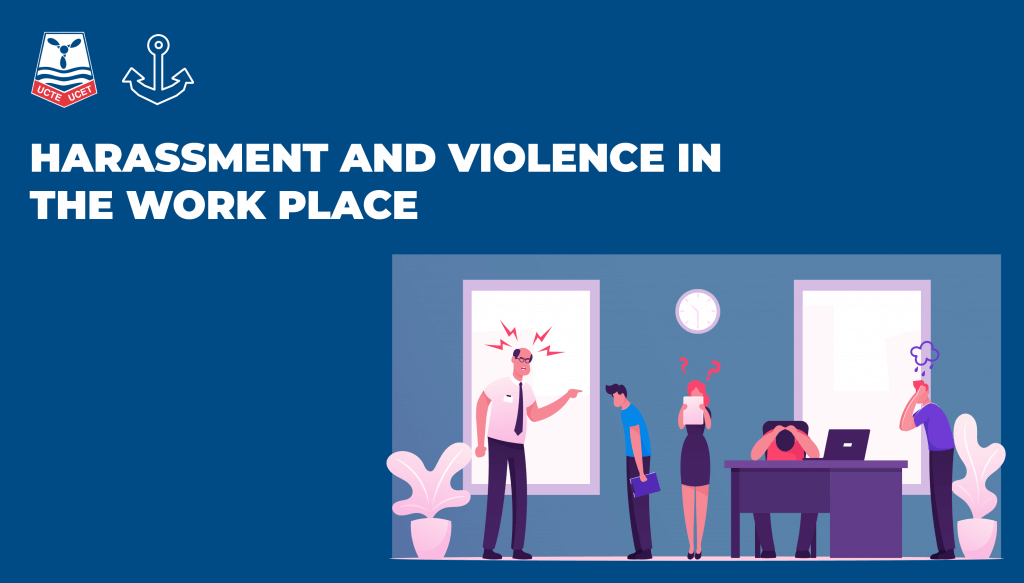Harassment and Violence in the Work Place – Changes in force as of January 1, 2021
On January 1, 2021, Part XX –Violence Prevention in the Work Place of the Canada Occupational Health and Safety Regulations (COHSR)[1] will be replaced by Work Place Harassment and Violence Prevention Regulations (WHVPR or the Regulations)[2].
Bill C-65 was introduced in the House of Commons in 2017 and received Royal Assent in October 2018. This Bill included amendments to the Canada Labour Code[3] (Code), repealing Section XX of the COHSR and replacing it with the WHVPR. The Federal Government has indicated that the purpose of these changes was to strengthen the existing process to eliminate harassment and violence and improve the health and safety of employees in federally regulated workplaces.
It should be noted that the focus of the Regulations remains on prevention and not personal remedies for victims of harassment and/or violence. Therefore, members who are looking for such measures should concurrently pursue other recourses available to them per the Canadian Human Right Act[4] or their respective collective agreement.
Some Highlights of the new Regulations
- Language
- Competent Party is now referred to as Investigator.
- Complainant is now referred to as Principal Party.
- Incident is now referred to as Occurrence.
- Harassment is now explicitly included in the Code’s definition.
- The employer must respond to the Principal Party within 7 calendar days of receiving the notice of an occurrence (complaint).
- If the complaint cannot be resolved through the informal processes, an investigator must be appointed within 60 days of the employer receiving the notice of occurrence (complaint).
- The resolution process must be completed within one year.
- The employer must provide monthly updates.
- There are no time limits to submit a notice of occurrence during employment.
- A complainant can submit a notice of occurrence up to 3 months after employment ended.
- The employer must name a Designated Recipient to receive the notices of occurrence.
- Selection of the Investigator
- Where a list of competent investigators has been established by the employer in agreement with the H&S Committee, an investigator will be selected from that list with no choice provided to the Principal Party (complainant).
- Clear language to indicate that the Principal Party can insist that an investigation be conducted.
- Increased privacy protections.
- Employer must implement all recommendations from the Investigator’s report (that have been mutually agreed to with the H&S Committee).
- Employer must provide information to the parties on steps of the process.
- Employer must inform the Principal Party of their right to be represented.
[1] Canada Occupational Health and Safety Regulations (SOR/86-304)
[2] Work Place Harassment and Violence Prevention Regulations (SOR/2020-130)
[3] https://laws-lois.justice.gc.ca/eng/acts/L-2/
[4] Canadian Human Rights Act (R.S.C., 1985, c. H-6)
